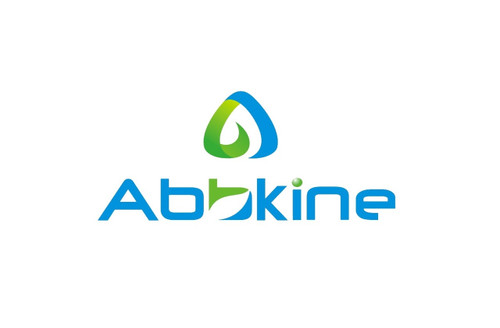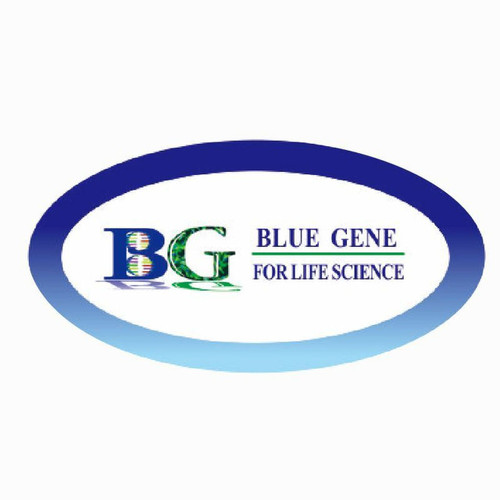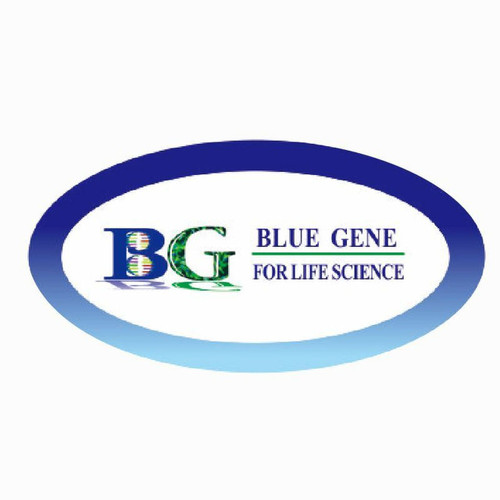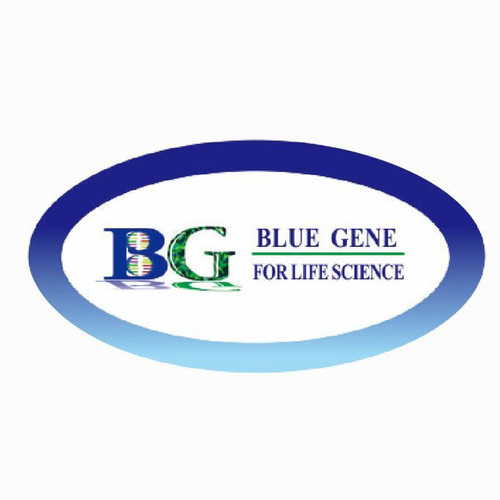Product Description
Mouse N-terminal kinase-like protein (SCYL1) ELISA Kit | AE59813MO | Abebio
Species Reactivity: Mouse (Mus musculus)
Abbreviation: SCYL1
Alternative Name: GKLP; HT019; MGC78454; NKTL; NTKL; P105; TAPK; TEIF; TRAP; N-terminal kinase-like protein|SCY1-like 1|likely ortholog of mouse N-terminal kinase-like protein|telomerase regulation-associated protein
Application: ELISA
Range: 246.9-20000 pg/mL
Sensitivity: 89.4 pg/mL
Intra-Assay: ≤6.5%
Inter-Assay: ≤8.1%
Recovery: 1, 05
Sample Type: Serum, Plasma, Other biological fluids
Detection Method: Sandwich
Analysis Method : Quantitive
Test Principale: This assay employs a two-site sandwich ELISA to quantitate SCYL1 in samples. An antibody specific for SCYL1 has been pre-coated onto a microplate. Standards and samples are pipetted into the wells and anySCYL1 present is bound by the immobilized antibody. After removing any unbound substances, a biotin-conjugated antibody specific for SCYL1 is added to the wells. After washing, Streptavidin conjugated Horseradish Peroxidase (HRP) is added to the wells. Following a wash to remove any unbound avidin-enzyme reagent, a substrate solution is added to the wells and color develops in proportion to the amount of SCYL1 bound in the initial step. The color development is stopped and the intensity of the color is measured.
Product Overview: Chemokine (C-C motif) ligand 13 (CCL13) is a small cytokine belonging to the CC chemokine family.The chemokines are secreted proteins involved in immunoregulatory and inflammatory processes. Naruse et al. (1996) identified on chromosome 17q11.2 a cluster of chemokines from the CC family (characterized by a cys-cys sequence motif) and distinguished from a second chemokine family that features a cys-xxx-cys (CXC) motif . They mapped 1 gene of the CC family (called NCC1 by them) to the cluster using a panel of somatic cell hybrids with known deletions. NCC1 was originally characterized as an expressed sequence tag (EST) . The deduced order of genes from a YAC contig assembled for the region is cen--NF1--MCP3, MCP1, NCC1, I-309--Y1741 breakpoint--RANTES--LD78-gamma, AT744.2, LD78-beta --NCC3, NCC2, AT744.1 ), LD78-alpha--NCC4--RARA --tel.
Stability: The stability of ELISA kit is determined by the loss rate of activity. The loss rate of this kit is less than 5% within the expiration date under appropriate storage condition. The loss rate was determined by accelerated thermal degradation test. Keep the kit at 37°C for 4 and 7 days, and compare O.D.values of the kit kept at 37°C with that of at recommended temperature. (referring from China Biological Products Standard, which was calculated by the Arrhenius equation. For ELISA kit, 4 days storage at 37°C can be considered as 6 months at 2 - 8°C, which means 7 days at 37°C equaling 12 months at 2 - 8°C) .
 Euro
Euro
 USD
USD
 British Pound
British Pound
 NULL
NULL












